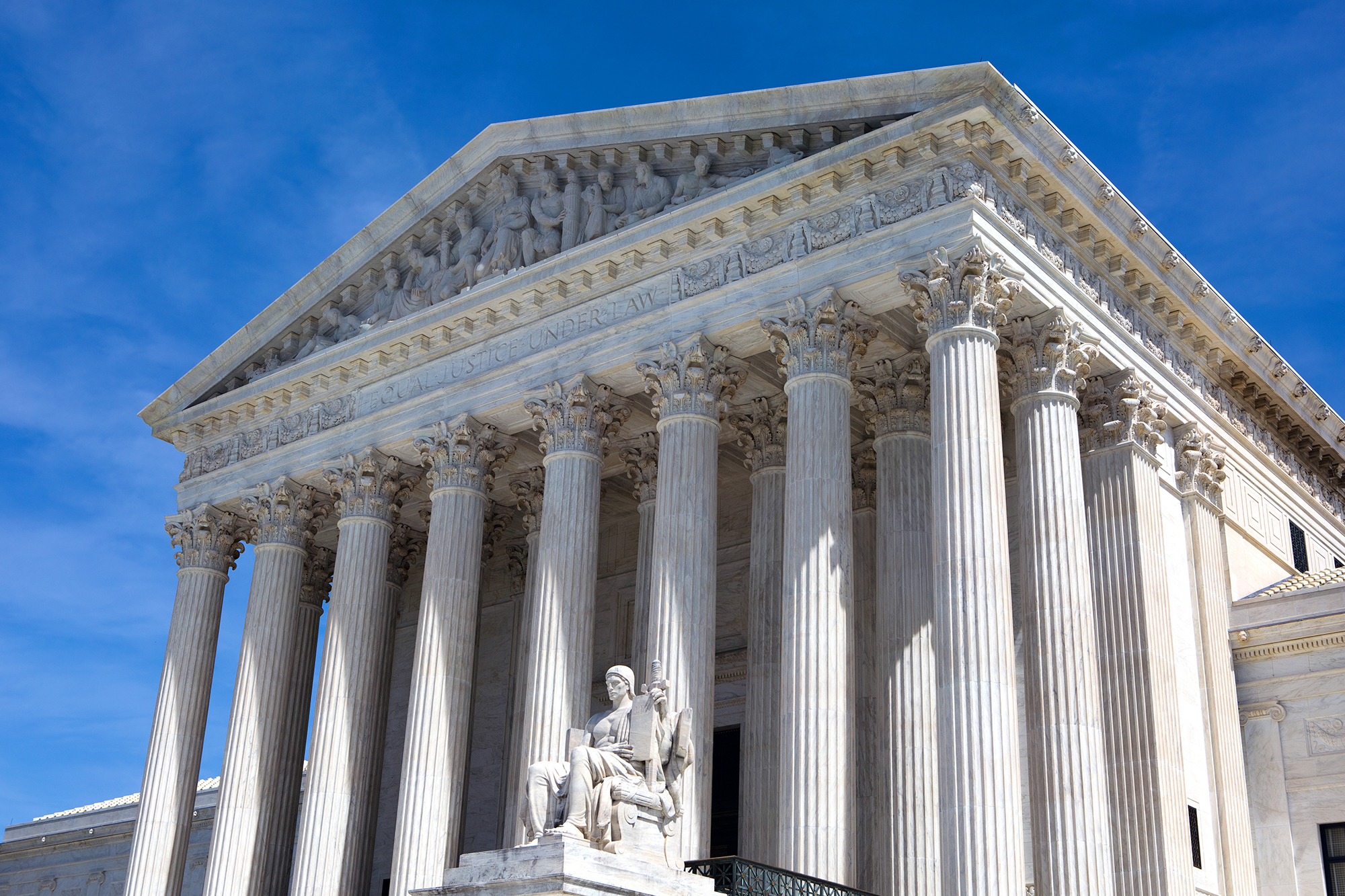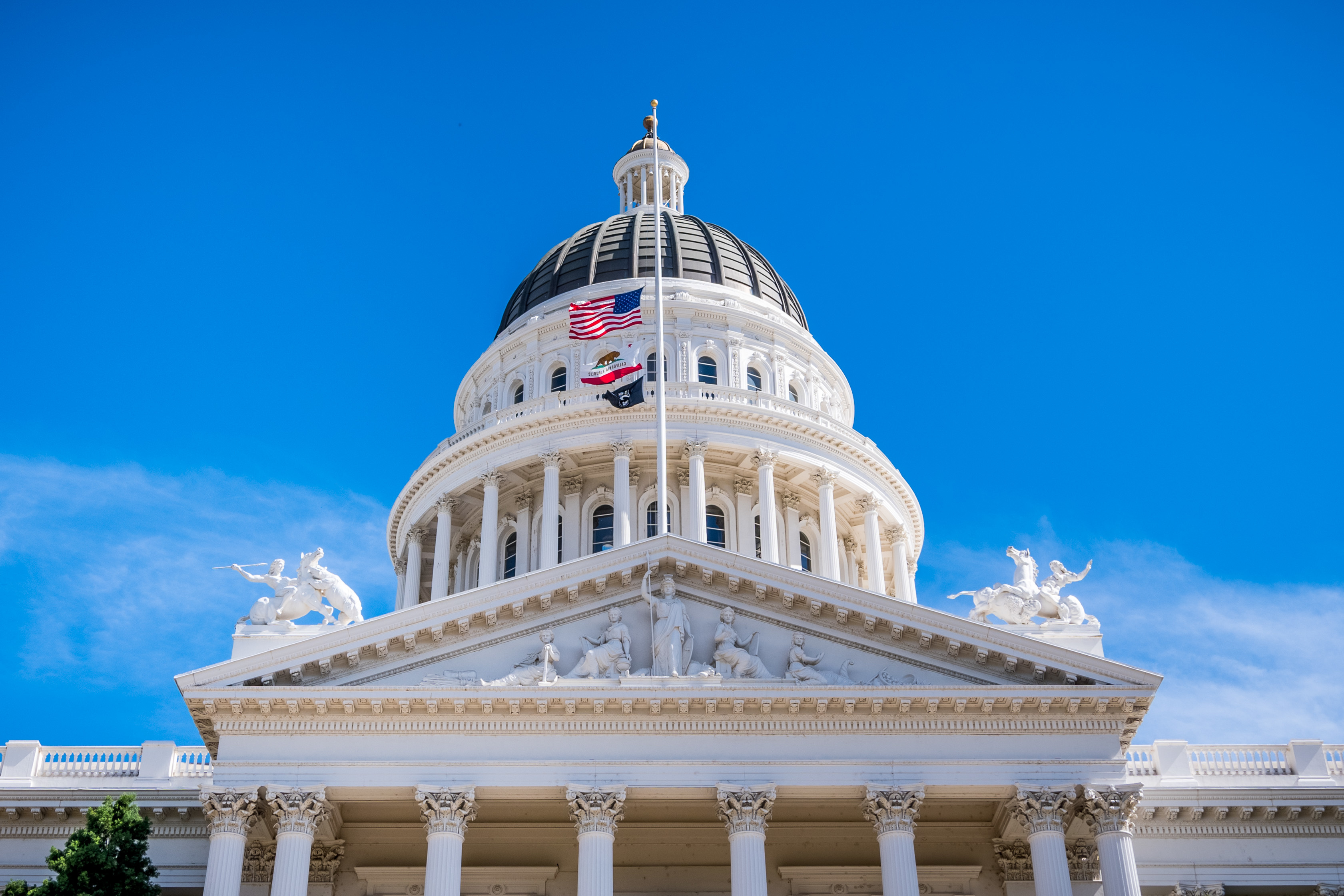 Challenge San Jose’s inclusionary housing ordinance
Challenge San Jose’s inclusionary housing ordinance
In this blog a few months back, I reported that the California Building Industry Association (“CBIA”), represented by Pacific Legal Foundation (“PLF”), a leading property rights advocacy group, was seeking U.S. Supreme Court review of the California Supreme Court’s decision last June to deny its challenge to the City of San Jose’s “inclusionary housing ordinance.” Under that ordinance, all developers of new housing projects of 20 or more units in San Jose would have to set aside 15% of those units to be sold at below-market prices, or pay a fee in lieu of setting aside those below-market units. The CBIA opposed the ordinance on its face, asserting that it constituted a taking in violation of the just compensation clauses of the U.S. and California constitutions.
The Supreme Court denied CBIA’s petition
Late last month, the Supreme Court denied CBIA’s petition for a writ of certiorari, refusing to take up the California high court’s ruling to uphold that ordinance. As noted in my earlier article, the resolution of this dispute could have a major impact on efforts being taken throughout the state to address affordable housing issues, given the fact that over 170 California cities had enacted measures like San Jose’s. As Jacky Morales-Ferrand, San Jose’s housing director, pointed out: “We’ve been working to prepare ourselves to implement the ordinance, and with this decision we can move forward confidently.” Unsurprisingly, the response from the building industry to this outcome was critical; Terry Francois, an attorney with PLF, said: “We think it’s very unfortunate the California Supreme Court decision will stand, because we think it’s a decision that’s going to pose a lot of problems for property owners in California.”
San Jose may now enforce its ordinance
Although this decision means that the City of San Jose may now enforce its ordinance, it does not necessarily put this matter to bed. In concurring on narrow grounds with the Court’s decision to deny certiorari in this matter, Justice Clarence Thomas maintained that, had the ordinance’s conditions been applied through the administrative permit process instead of legislation, they would have been bound by the stricter nexus and rough proportionality requirements of the Nollan and Dolan cases, rather than the more lenient standard used by the California Supreme Court of a reasonable relationship to the public welfare. Reiterating his view that the question of whether an unconstitutional taking exists should not depend on the governmental agency that is doing the taking (which he expressed in dissent, with Justice Sandra Day O’Connor, from the Court’s decision to deny review in the 1995 case of Parking Association of Atlanta v. Georgia), Justice Thomas observed that lower courts had split on this point, thus giving the Court grounds to address this subject in the near future. While expressing its disappointment with the results of its facial challenge, PLF also voiced confidence that the implementation of these conditions as a requirement for permit approval would afford another opportunity to dispute the validity of the ordinance.
Conditions seem cloudy at best
Despite these portents of optimism for the future of such a challenge, however, the near-term prospects for a successful test of these development conditions seem cloudy at best. Despite Justice Thomas’s dismissive attitude regarding the significance of the difference between administrative and legislative action with respect to takings analysis, there are meaningful substantive and procedural distinctions between actions taken by an unelected regulatory agency and actions taken by an elected legislative body, which have been recognized by a number of courts. It should also be noted that Justice Thomas was one of only two members of the Court dissenting on these grounds from the denial of review in the 1995 Parking Association case, and was the only justice to address this issue in the instant case, which may indicate a lack of interest in this question among the members of the Court. Finally, as has been noted by me in this blog as well as by other commentators, Justice Antonin Scalia, whose role in the formulation of the Nollan and Dolan takings analysis cannot be overstated, would have likely provided a vote to grant certiorari with regard to the San Jose ordinance. With his death, the chances of garnering a fourth vote for review have been significantly reduced, certainly while his seat on the Supreme Court bench remains open, and perhaps permanently, depending on who is appointed to replace him.




